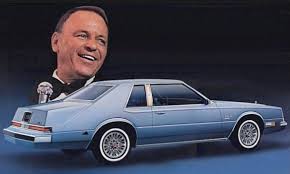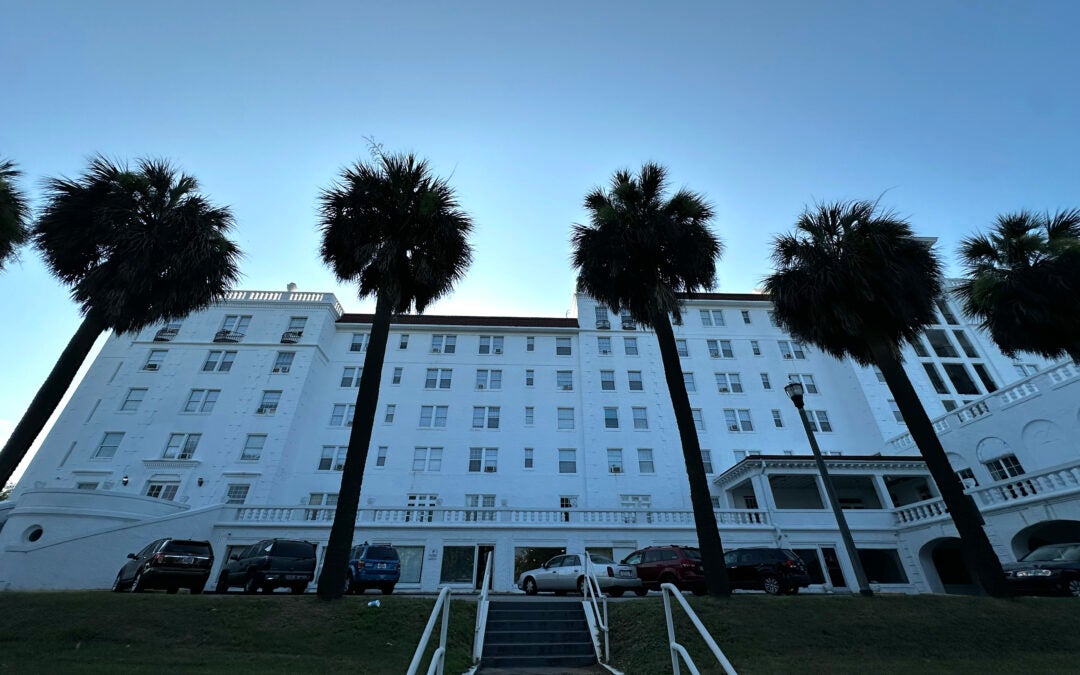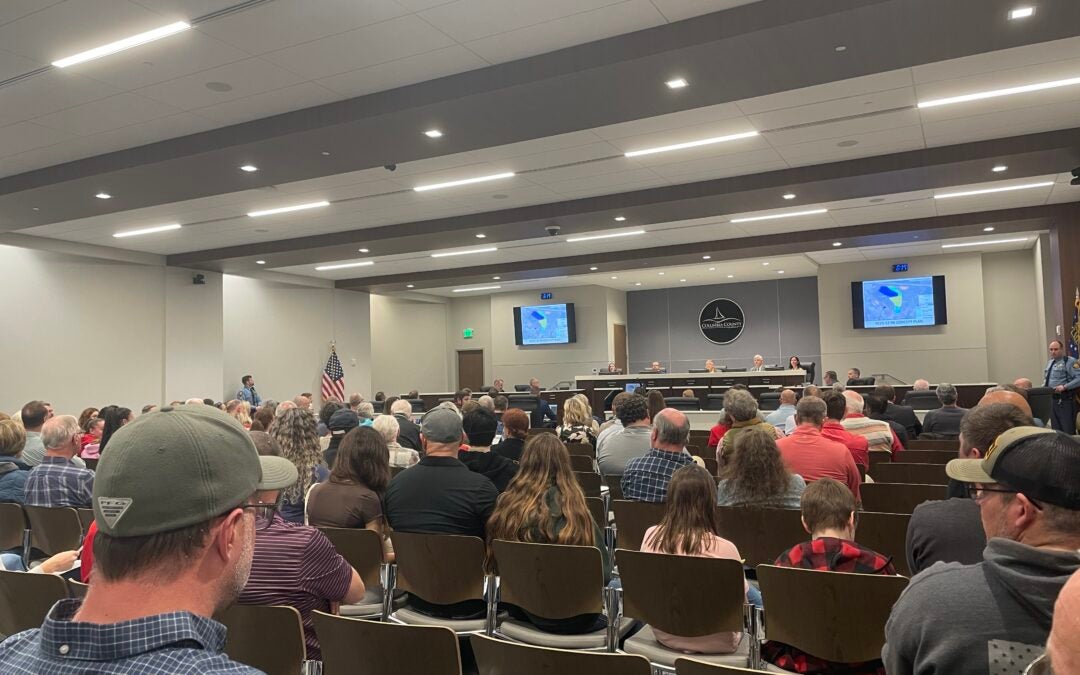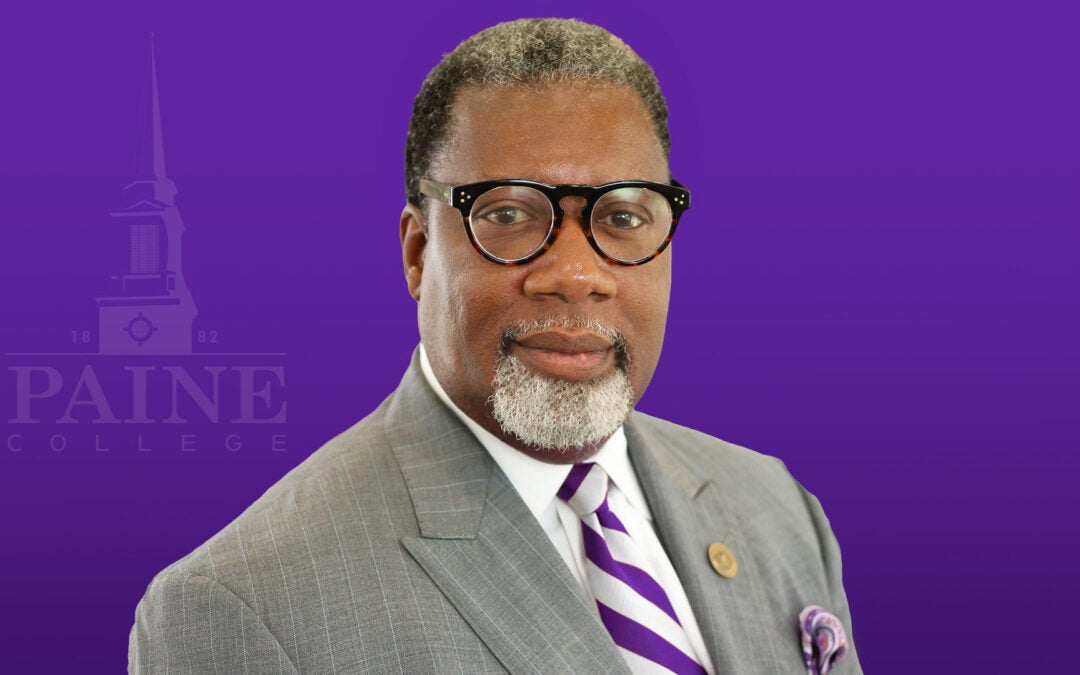Frank Sinatra, ‘Ole Blue Eyes, was well known for his love of booze, broads, er blondes and boulevard rides; however, sometimes the rides he endorsed left many shaking their heads.
Sinatra amassed a pretty sizable car collection that included a 1955 Ford Thunderbird, 1958 Cadillac Eldorado Brougham, 1962 Dual Ghia L6.4 and, of course, a 1969 Lamborghini Miura. Whether he was tuxedoed up to arrive at his latest film premiere or simply motorvating around Palm Springs with Mia Farrow riding shotgun, Frank was always seen in the right car.
Except on television, that is.
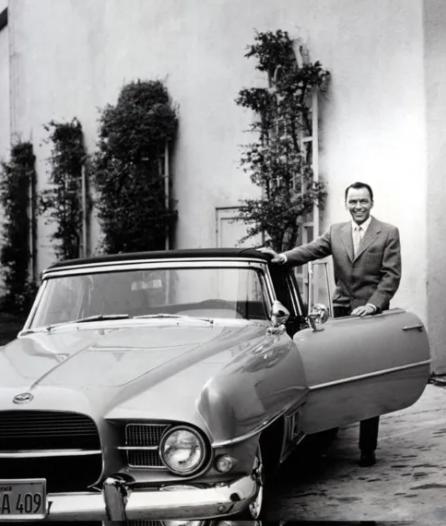
The chairman of the board was such a huge star of both stage and film, he could decide what cars his movie characters would drive, and certainly what cars to personally endorse, and boy did endorse some real winners!
Hollywood celebrities endorsing cars is nothing new. Pretty much everyone still remembers those surreal commercials for the Lincoln Navigator featuring Matthew McConaughey and the later skit with Ellen DeGeneres, where she eats pot brownies and hallucinates a bull blocking the roadway, while McConaughey waxes on about metaphysical nonsense. It has become a comedy classic.
Lucille Ball, wearing a formal gown, endorsed the 1958 Chrysler “Forward Look” lineup that included the now-famous ‘58 Plymouth Belvedere Fury. Abe Vigoda peddled the 1968 AMC Rebel and continued lending, or leasing out, his face to AMC after “The Godfather” made him a household name.
Wilt Chamberlain sat behind the wheel of the 1979 Volkswagen Rabbit, a car that the 7’1” Chamberlain must have needed a shoe horn to fit into in a memorable commercial from the era.
In 1957, the “Sultan of Swoon” was fresh off from filming “Pal Joey” and “The Joker Is Wild,” his music was being somewhat overshadowed by “Elvis the Pelvis,” but he still commanded the charts, and he raked in millions of moolah performing with the “Rat Pack” in Las Vegas. This was when he partnered with Ford to enthusiastically endorse the Blue Oval’s new car of the future, the Edsel.
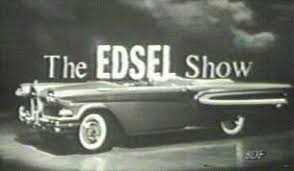
The paycheck was either too large to turn down, or perhaps Sinatra himself never saw the car before its official unveiling; but somehow, he was roped into starring in the “The Edsel Show” which aired on Oct. 13, 1957.
Ford had spared no expense in marketing the Edsel without ever actually showing the public what the product looked like, and the company was happy to pony up the paychecks for Sinatra’s friends to come along for the ride. Bing Crosby, Rosemary Clooney, Louis Armstrong, Bob Hope and a slew of other celebrities joined Sinatra on stage to sing the praises of the Edsel, all the while probably trying to resist the urge to vomit in their mouths when the car was finally unveiled.
While The Edsel Show’s misguided appearance of celebrities endorsing products they knew nothing about and the horrified public reaction to the new vehicle did not harm Sinatra’s reputation, Sinatra’s next foray into automotive endorsement did lower his profile in the eyes of the public and, reportedly, cost him a friendship.
In 1980, new Chrysler Chairman Lee Iacocca was fresh off accepting a massive federal bailout and had wisely used most of the money to develop the K-Car platform which included the wildly popular minivan.
However, Iacocca fretted that Chrysler would be considered a “one-trick pony” since the majority of the K-Car output were compact or sub-compact, front wheel drive affairs where rebadging was rampant across the various divisions. Iacocca felt that the company needed keep in mind the older customers who liked large, plush, “boulevard rides” and he had learned a lesson when Ford recklessly slapped a Lincoln badge on a Ford Granada and tried to pass that pig off as a personal luxury vehicle.
Instead, Iacocca decided to bring back the Imperial as it’s own brand.
Imperial had existed in some form in the Chrysler lineup since 1926. In 1955, Chrysler decided to make Imperial its own brand to fully be in a position to compete with Lincoln and Cadillac. The marquee had always trailed in the number 3 position, but European competition had finally edged it out and Imperial became just another Chrysler nameplate by the mid-1970s.
Iacocca’s vision was to bring back Imperial’s glory days and he resurrected the stand-alone marquee.
Just as they did in the older days, Imperial was not to share much of anything with it’s stablemates. The new mid-size J-Body platform went back to the drawing board and returned as the J-Body Ultra, and while the Imperial did share some fittings, it was truly to be it’s own brand, one as exclusive and tastefully appointed as anything the competition could dream up.
The Chrysler nameplate did not appear, but the company did incorporate the “star” logo, and it was fashioned in crystal by Cartier, to give it that extra bit of exclusivity and luxury.
According to the popular YouTube series “The History Guy,” Iacocca rang up his old buddy Sinatra and offered him his own personalized car. Not only a car that the Chairman could drive for himself, but, literally, his own personalized Imperial that would be sold as “Sinatra’s car.”
The new Imperial personal luxury coupe came in one color, glacier blue, said to be named after Sinatra’s eyes. Inside, everything was so plush that occupants sank down into the leather and marveled at every pricey option that came as standard equipment.
The Imperial had power-everything and the car’s Torqueflite transmission had an easy time of properly applying the 140 horses under the hood, giving for a ride totally expected of a Cadillac Seville. In fact, the first criticisms at the time remarked that the car’s steering and handling was almost too good and that the Imperial’s extra body insulation made the lack of outdoor sounds and engine noise somewhat eerie.
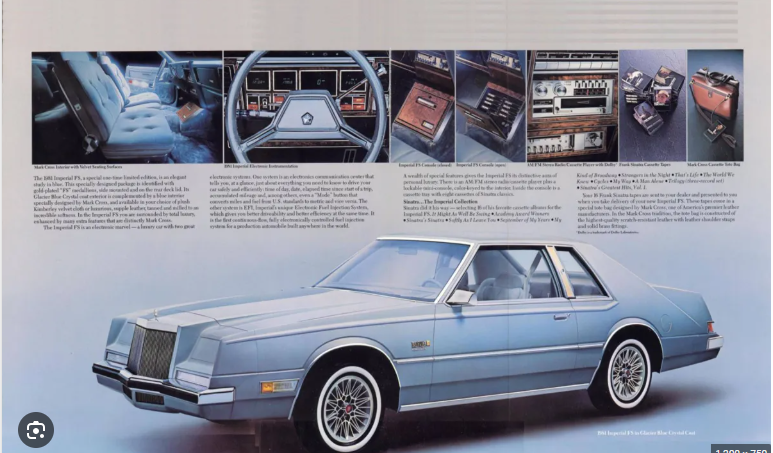
Imperial for 1981 was said to be space age with a fully-digital dashboard and the computer-controlled Electronic Fuel Injection (EFI) bringing fuel to the engine. The on-board computer was said to have electronics developed by the same company that built the computers for the Apollo program.
Company literature touted the electronics as being able to diagnose and remedy problems or settings imbalances automatically and provide such an accurate flow of gas that the car could compete with some smaller sub-compacts for fuel mileage.
The price of the car was over $20,000 and Chrysler hoped to sell 38,000 of the coupes per year.
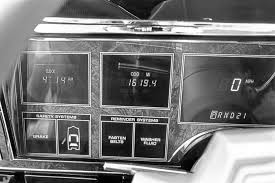
Sinatra agreed to perform a song created especially for the car, “It’s Time,” and appeared in shmaltzy TV ads where he would play the “salesman” and list off all the amenities that made the Imperial so special to his celebrity friends who, by the end of the ad, would enthusiastically cut an oversized check and accept the fake keys from ‘Ole Blue Eyes.
Even in his 60s, Ricardo Montalban was able to inject suave, cultured sex appeal in pitching the Chrysler Cordoba, but Sinatra came across as outdated and like a living caricature of himself.
Even though Iacocca had received $1.6 billion from the feds, he still really did not have the available cash to put such an ambitious car on the road, and he found that out the hard way. The company would sell barely 8,000 units in three years and that is because the car turned out to be hopelessly flawed.
Even though both Cadillac and Lincoln had released “bustle back” designs in the years’ prior, a rear end style heralding back to the early days when the car’s trunk amounted to a steamer trunk strapped to the rear, and found the public averse to such styling, Chrysler went all in on their own bustle back, and it looked dated two-times over.
The digital dashboard began showing its gremlins almost as soon as during the test drive. The numbers and gauges flickered and the readings were wrong. The gas gauge would show empty when the tank was full and that was not something that amused the customers.
Instead of great gas flow, the electronically-controlled fuel injectors would spew gas into the engine on a whim and make it run rough and then switch on a dime and cause the government-mandated underpowered 318 ci V-8 to chug and sputter.
While the Edsel was a certified automotive blunder, at least the brand never garnered the reputation of leaving people stranded in the middle of the road. Chrysler managed to do just that with the 1981 Imperial.
The very vehicle that, to great fanfare and flash bulbs, Chrysler gave Sinatra as his personal driver did just that, leaving the icon blocking traffic.
Sinatra was said to be so furious that he left the vehicle in the roadway, walked to a pay phone and told Iacocca he could come and get the car himself.
The entire debacle, it is said, ended the friendship of Iacocca and Sinatra, and that also would be the 20th Century’s greatest crooner’s last attempt to sell a car.
Scott Hudson is the Senior Investigative Reporter, Editorial Page Editor and weekly columnist for The Augusta Press. Reach him at scott@theaugustapress.com

